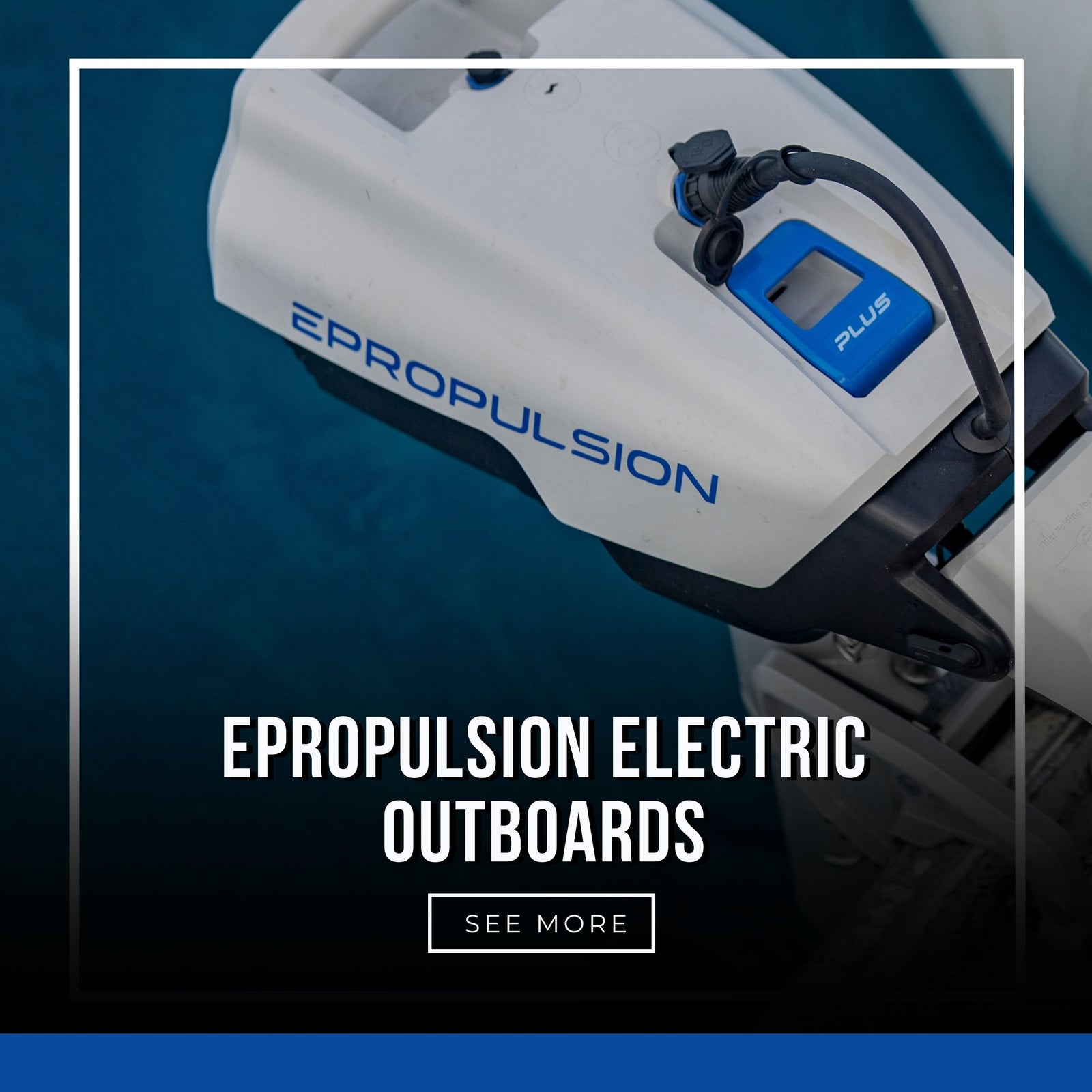Your Cart is Empty


Sale
AMPED Lithium Batteries - Trolling Motor & Marine Electronics
$379.99 - $1,999.99$2,199.00
AMPED Outdoors
Trolling Motor & Marine Electronics Batteries
Replace your heavy and inefficient lead acid batteries with lightweight, durable, and long lasting state of the art Lithium (LiFePO4) Battery Packs.
Best Prices Guaranteed - Best Service Guaranteed - Highest in Build Quality - No Gimmick Warranties - BBB Accredited A+ Rating
10 Year Warranty
60Ah+ Batteries - 3yrs. Replacement plus 2yrs prorated for a total of 5 Year Warranty.
Free Shipping
WHAT YOU NEED TO KNOW WHEN BUYING A LITHIUM BATTERY!
Lithium batteries are starting become the new normal in many industries. Whether you are replacing your old Sealed Lead Acid batteries starting off new, Amped Outdoors has developed a lineup of batteries to fit just about every individuals needs. Here are the best tips for ensuring your batteries will last as long as they are intended:
BMS
Yes, every Amped Outdoors battery has a built in BMS. The BMS is the heart of a lithium battery. They protect you, your devices connected to the battery as well as help prolong your battery life. The BMS is the reason a lithium battery can last 5x longer than traditional Lead Acid batteries.
Each lithium battery has a BMS designed for that batteries intended use. Any use outside of the intended operation can cause a battery BMS to trigger protecting it. Do not try to draw more power than the batteries rated current draw. If you are using one of our batteries for an application outside of marine applications, it is advised to reach out to us first to ensure it will perform properly.
Mounting/Storage
Many of our batteries come in standard sizes you will find with Sealed Lead Acid Batteries. Lithium batteries can be mounted in any orientation if they are properly installed. See Maintenance tips below.
Proper Lithium Maintenance
Yes, lithium batteries require far less maintenance than AGM and other Lead Acid products. Lithium batteries do need to be well cared for to get the full life out of them. Lithium products are built to last 5-10years of regular use as long as they are properly cared for. Here are tips to help get the full life out of our batteries.
1) Installation: #1 reason of failure of lithium batteries. It is crucial to ensure you do the following: Install in a safe place away from elements. Use the proper battery tray, box and straps as needed. Try to keep in a place that will not get submerged or too wet. Our batteries have a HIGH IP rating but water can cause corrosion and premature wear if not found early. Make sure your wiring is clean, proper cables and connections are used, and then use dielectric grease on all connections to prevent corrosion. Check your connections regularly to make sure they are secured and tight.
2) Charging: Proper charging is huge for lithium and by far, different than your standard Lead Acid batteries. First, do not charge lithium batteries below freezing. All 12.8V LiFePO4 batteries require a 14.6v CC/CV charge (BULK) and then when fully charged, rest to about 13.5V+. Most AGM chargers are capable of doing this as long as their float is at 13.5V or less (float is useless on LiFePO4 Batteries). You never want to desulfate a lithium battery. The best chargers for marine applications are available through us or listed below:
- Minnkota Precision (AGM MODE) - New Lithium Chargers in 2021!
- NOCO GEN5 or GENPRO (available on our website)
- Power Pole
- Dual Pro - Only when provisioned for LiFePO4 lithium
- Dual Pro - New chargers in 2021 have lithium detection
For other charging devices, check with us for compatibility.
3) Checking Connectors Regularly: Check tightness of your connections (on bolt style battery connectors). Loose connections can cause increased resistance, overheating of terminals (melting possible) and corrosion. Use dielectric grease on all connections to prevent corrosion buildup and always ensure your battery bolts are tightened properly using bolt-lock washer-washer then connections in that order.
4) Storage: Never store a lithium battery fully depleted and do not keep at 100% charged if storing for a longer period of time. First, storing at a depleted state will cause a battery to drop below recommended voltage and cells can go into a state that cannot be recovered. Second, lithium do not like to be stored at a 100% charge. This is very different than older battery technologies. Lithium like to breath and the best way to store a battery is above 30% charge and try to put a short charge on the battery every 60-90 days if storing for a long period of time. It is recommended to store a battery in a safe, cool and dry place, preferably 40-80 degrees F.
KEY FAQ's
HOW TO CHOOSE THE RIGHT KAYAK TROLLING MOTOR BATTERY? -CLICK HERE
RUNNING MULTIPLE FISHING ELECTRONICS? CLICK HERE TO CALCULATE AMP DRAW!
WHY DO WE NOT SELL CRANKING BATTERIES? CLICK HERE
HOW TO PROPERLY CONNECT TWO BATTERIES IN PARALLEL? CLICK HERE
HOW TO PROPERLY CONNECT BATTERIES IN SERIES? CLICK HERE






